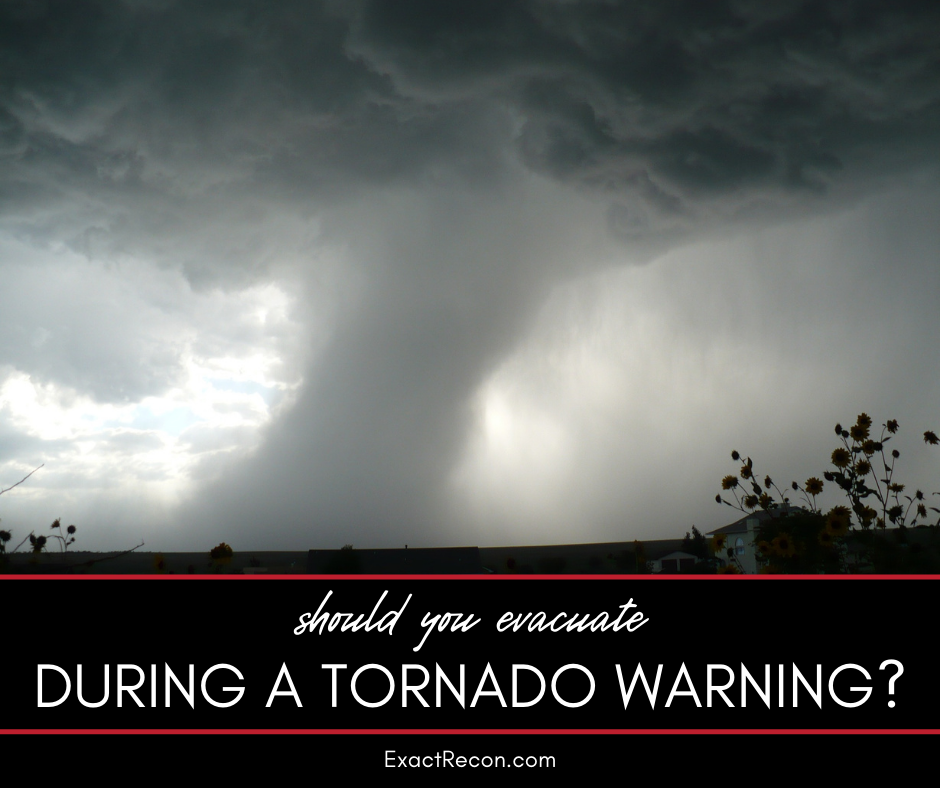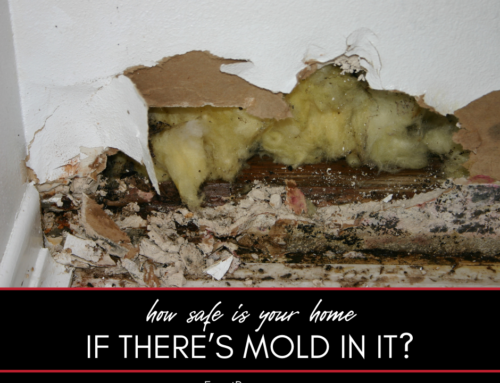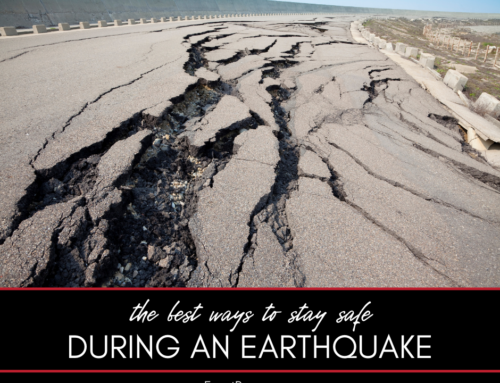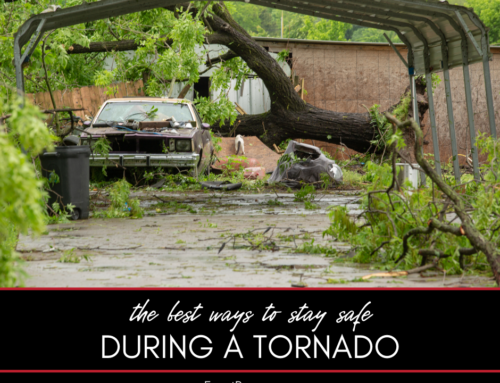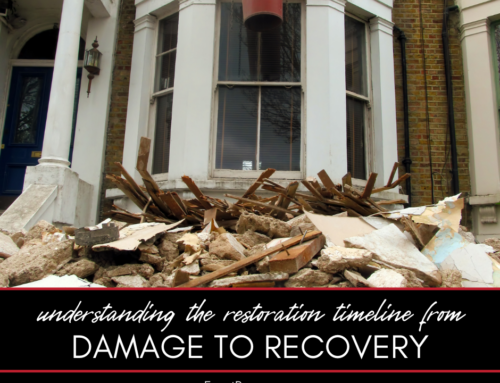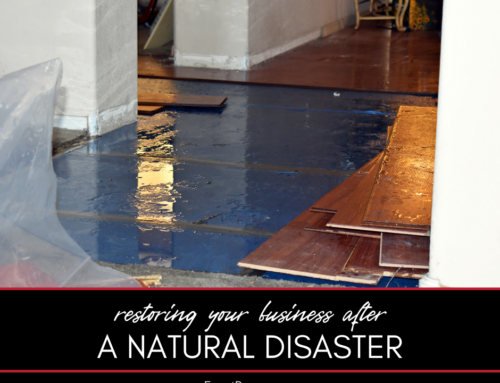When a tornado warning sirens, your first thought may be to grab your loved ones and bolt. But is evacuating always the safest decision during a tornado warning? In this guide, we’ll help you answer that critical question.
Should You Evacuate During a Tornado Warning?
In this guide, we’re going to dissect whether or not you should evacuate during a tornado warning. By breaking down various scenarios and providing insight into each, you’ll have the knowledge to make the best decision when it matters most. Here are the topics we’ll cover:
- Understanding tornado warnings
- Evacuation: pros and cons
- Identifying safe spaces in your home
- Creating a tornado safety plan
- Preparation and resources for tornado warnings
Here’s a closer look at each.
Understanding Tornado Warnings
Tornado warnings are a crucial aspect of severe weather preparedness. It is essential to understand the difference between a tornado watch and a tornado warning and what each implies.
A tornado watch is issued by the National Weather Service (NWS) when weather conditions are favorable for tornadoes to develop. During a tornado watch, it is important to stay vigilant and be prepared to take action if a tornado warning is issued. However, a tornado watch does not mean that a tornado has been spotted or is imminent.
On the other hand, a tornado warning is issued when a tornado has been sighted by trained spotters or indicated by radar. A tornado warning means that there is an immediate threat to life and property, and it is crucial to take immediate action to protect oneself.
When a tornado warning is issued, it is essential to seek shelter in a safe location and stay informed about the progress of the storm through trusted sources like weather radios, local news channels, or reliable weather apps. It’s important to take tornado warnings seriously and follow any instructions or evacuation orders given by local authorities.
Related: Why DIY mold remediation may be a bad idea
Identifying Safe Spaces in Your Home
Identifying safe spaces in your home is crucial for tornado preparedness. Here are some considerations for finding a safe space:
- Basements: If your home has a basement, it is generally considered the safest place during a tornado. Seek shelter in the basement, preferably in an interior room away from windows, such as a bathroom or closet. If possible, use heavy furniture or mattresses to provide additional protection.
- Interior rooms: If you do not have a basement, identify interior rooms on the lowest level of your home. These rooms should be away from windows and exterior walls. Examples include bathrooms, closets, or hallways. Choose a space that is structurally sound and does not have windows.
- Reinforced structures: If your home has a reinforced safe room or storm shelter, it should be your first choice for shelter during a tornado. These structures are designed to withstand high winds and flying debris, providing a high level of protection.
- Mobile homes: Mobile homes are particularly vulnerable to tornadoes. If you live in a mobile home, it is crucial to seek shelter in a nearby sturdy building, such as a community storm shelter or a neighbor’s house. Alternatively, you can seek shelter in a low-lying area, such as a ditch, if no other options are available.
- Additional considerations: Regardless of the location you choose, it is important to cover yourself with a mattress, heavy blankets, or cushions to protect against flying debris. Avoid windows and exterior walls, as they are more susceptible to damage during a tornado.
Related: How to prepare for Michigan’s tornado season
Creating a Tornado Safety Plan
A well-prepared tornado safety plan is essential for any household. Here is a step-by-step guide to creating one for your family:
- Stay informed: Stay aware of weather conditions by monitoring reliable sources such as the National Weather Service, local news channels, or weather apps. Sign up for weather alerts to receive timely notifications about tornado watches and warnings.
- Identify safe spaces: Determine the safest locations in your home where you can seek shelter during a tornado, as discussed in the previous section. Make sure all family members are aware of these locations and practice going to them quickly.
- Establish communication: Establish a communication plan for your family during severe weather events. Designate a contact person outside the affected area whom everyone can check in with to provide updates on their safety and whereabouts.
- Emergency supplies: Assemble an emergency supply kit that includes essential items such as non-perishable food, water, flashlights, batteries, a first aid kit, a battery-powered weather radio, and any necessary medications. Keep the kit easily accessible in your designated safe space.
- Practice drills: Conduct regular tornado drills with your family members, especially children. Practice moving quickly to the safe spaces, taking cover, and staying there until the all-clear signal is given.
- Plan for pets: Include your pets in your tornado safety plan. Identify a safe location for them and ensure you have supplies for their well-being, such as food, water, and carriers.
- Consider special needs: If you or any family member have special needs, incorporate them into your tornado safety plan. Ensure you have necessary equipment, medications, and support to address those needs during an emergency.
- Stay informed about community resources: Research community resources available in your area, such as community storm shelters or designated evacuation centers. Be familiar with their locations and guidelines for accessing them.
Remember to regularly review and update your tornado safety plan as needed, and educate all family members about the procedures. The goal is to be well-prepared, minimizing risks and ensuring everyone’s safety during a tornado.
Related: What to do about fire damage in your home
Preparation and Resources for Tornado Warnings
Being prepared for tornado warnings involves several key steps, including having necessary supplies, staying informed, and knowing where to find resources. Here’s a breakdown of these aspects:
- Emergency supplies: Prepare an emergency kit that includes essential supplies to sustain you and your family for at least 72 hours. This kit should include non-perishable food, drinking water, a first aid kit, flashlights, batteries, a battery-powered weather radio, a whistle, a multi-purpose tool, blankets, a cell phone charger, and any necessary medications. Store these supplies in a readily accessible location.
- Weather alerts: Stay informed about tornado watches and warnings through various channels. Consider investing in a NOAA Weather Radio, which can provide immediate updates and alerts. Additionally, sign up for local weather alert services or use weather apps that offer customizable notifications for your area.
- Local emergency management: Familiarize yourself with your local emergency management agency and their resources. They can provide valuable information about tornado safety, evacuation routes, community shelters, and emergency services available in your area.
- Community resources: Identify community resources such as designated tornado shelters, community centers, or schools that serve as evacuation centers during severe weather events. Know their locations and understand any procedures or guidelines for accessing them.
- Emergency contacts: Maintain a list of emergency contact numbers, including local authorities, utility companies, insurance providers, and family members or friends outside the affected area. Keep this list in your emergency kit and store it in your cell phone or a physical copy in case of power outages.
- Home insurance and inventory: Review your home insurance policy to ensure it covers tornado damage and other related perils. Consider taking photographs or creating a video inventory of your home and valuable possessions as a reference for insurance claims in case of damage.
- Neighborhood preparedness: Engage with your neighbors and create a network of support and communication during severe weather events. Share information, resources, and assistance if needed.
- Stay informed during warnings: When a tornado warning is issued, stay tuned to local news channels, weather radio, or reliable weather apps for up-to-date information. Follow any instructions or evacuation orders provided by local authorities promptly and without delay.
By taking these preparatory steps and staying informed, you can enhance your readiness for tornado warnings and minimize potential risks to yourself and your family. Remember, preparedness is key to effectively responding to severe weather events.
FAQ About Evacuating During a Tornado Warning
Here are some frequently asked questions about whether you should evacuate during a tornado warning. If you don’t see the answers you’re looking for here, please call our office. We’re here to help.
What is the difference between a tornado watch and a tornado warning?
A tornado watch means conditions are favorable for tornadoes, while a tornado warning means a tornado has been sighted or indicated by weather radar.
Related: How to identify and prevent mold growth in your home
If a tornado is far away, can I try to outrun it in my car?
Trying to outrun a tornado in a car is very dangerous. Tornadoes can change direction quickly and lift vehicles off the ground.
What items should I have in my tornado safety kit?
Your safety kit should include a first-aid kit, flashlight, whistle, batteries, necessary medications, and enough food and water for at least three days.
What should I do if I’m caught outside during a tornado warning?
Seek shelter in a sturdy building immediately. If one isn’t available, lie flat in a ditch or low-lying area.
Is it safe to hide in a mobile home during a tornado?
No, mobile homes are not safe during tornadoes. If you live in one, have a plan to go to a nearby sturdy building or tornado shelter when a warning is issued.
Knowing how to respond when a tornado warning is issued can make all the difference in protecting your safety and that of your loved ones. By understanding tornado warnings, considering evacuation pros and cons, identifying safe spaces in your home, and preparing a comprehensive tornado safety plan, you’ll be ready when the sirens blare.
Do You Need a Disaster Remediation Expert in Washtenaw County or Jackson County?
If your home has already been damaged, we can help. Check out our services and call Exact Recon for your free disaster remediation quote today. We offer:

